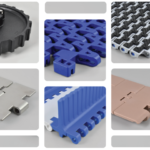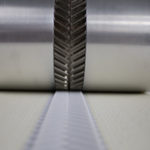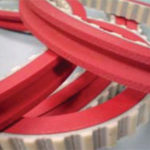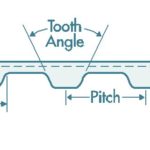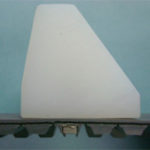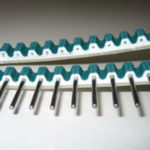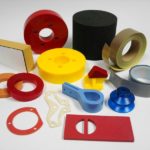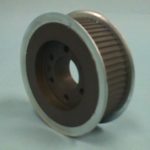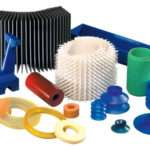Globax news
Blog
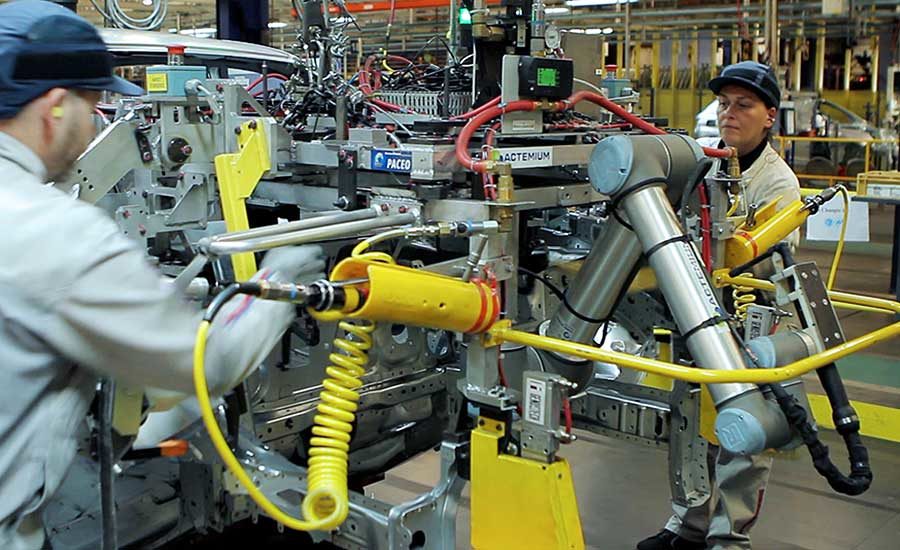
Beyond the Welding Line: Robots and Automotive Assembly
Read more: Beyond the Welding Line: Robots and Automotive Assembly
For decades, automakers have primarily used robots for welding and painting. Final assembly lines were considered too complex and too unsafe for automation. However, that is changing.
The growing popularity of collaborative robots is enabling automotive engineers to automate nontraditional production processes, such as trim lines. In addition, the Covid-19 pandemic, ergonomic issues and electrification efforts are spurring new robotic applications for adhesive and sealant dispensing, bin picking, part insertion, screwdriving and nutrunning, and test and inspection.
The Final Frontier
Final assembly involves complex trim lines where operators manually install a wide array of components such as carpeting, doors, instrument panels, interior lighting, infotainment systems, seats and other subassemblies. It involves a variety of just-in-time and just-in-sequence processes that must be precisely choreographed. Since most vehicles have four or five trim levels, accuracy, error proofing and process control are essential.
“Final assembly is the final frontier of automation, and advanced robotics is ideal for tackling variation and model mix,” says Max Reynolds, CEO of Symbio Robotics Inc. The Bay Area startup has been helping legacy manufacturers, such as Ford Motor Co. and Toyota Motor Corp., deploy AI-controlled six-axis robots on their assembly lines.
According to Reynolds, the “killer app” for robotics in the auto industry has always been welding. The return on investment for that application revolves around labor cost savings, increased throughput and improved quality. Symbio is focused on enabling that ROI to be applied to final assembly, which Reynolds says is currently less than 5 percent automated.
“Traditionally, final assembly has been difficult to automate because of flexibility issues and challenges,” explains Reynolds. “The main pain point associated with mechanical fixturing and stop stations has been that they are designed for specific models being produced. To launch a new platform or frame geometry, you have to rip out all of that mechanical infrastructure and start over from scratch.
“We are shifting that mechanical problem solving process into software,” notes Reynolds. “SymbioDCS is a robot-agnostic platform that absorbs a lot of traditional complexity with software that can adapt automatically to new models or process variation.
“Symbio enables robotic automation to be more adaptive and nimble, and ultimately more flexible in terms of supporting variations such as design changes,” claims Reynolds. “Our focus is on using software to improve availability, performance and quality, with an emphasis on new product introduction when those metrics tend to be lowest and generate the biggest pain points.”
Reynolds says his long-term goal is to de-risk final assembly automation. “One reason why final assembly lines are only 5 percent automated is that it’s a harder problem area to solve than painting or welding applications,” he points out. “There’s a lot more variation. Design changes show up in places in final assembly that don’t show up in the body shop.”
There are also tolerance stack ups in final assembly as more components are installed in a vehicle. In addition, many of the assembly tasks require a large degree of dexterity.
Read more: Beyond the Welding Line: Robots and Automotive Assembly
